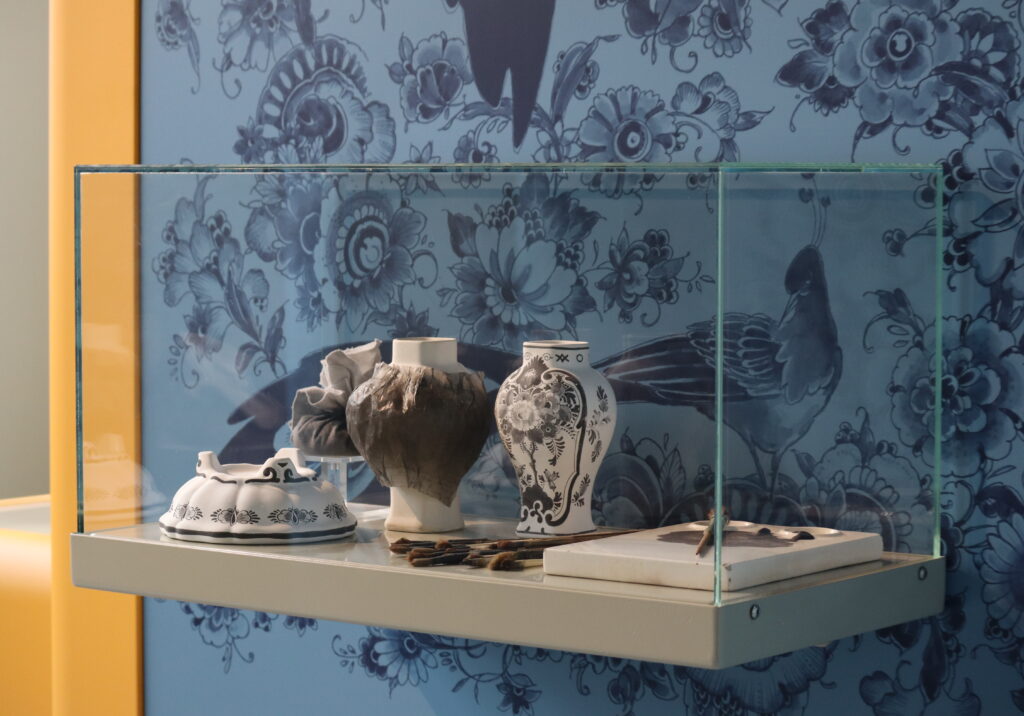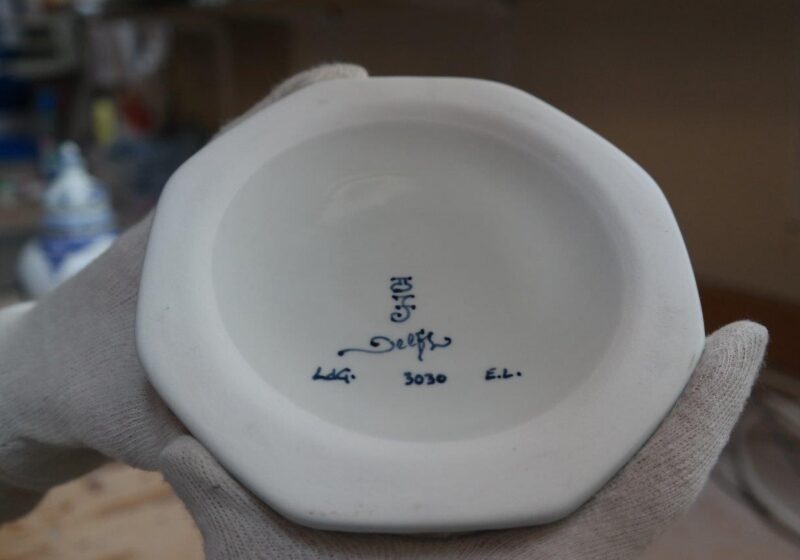What is the difference between ceramics, earthenware, and porcelain?
Delft Blue is made from earthenware, a type of ceramics. Ceramics is a collective term for all products made from fired clay. The name is derived from “keramos,” the Greek word for potters. Ceramics can be divided into earthenware, stoneware, and porcelain. The distinction between these types of ceramics is determined by the composition of the raw materials and the firing temperature. All handmade and hand-painted products from Royal Delft fall under Delft Blue earthenware.


